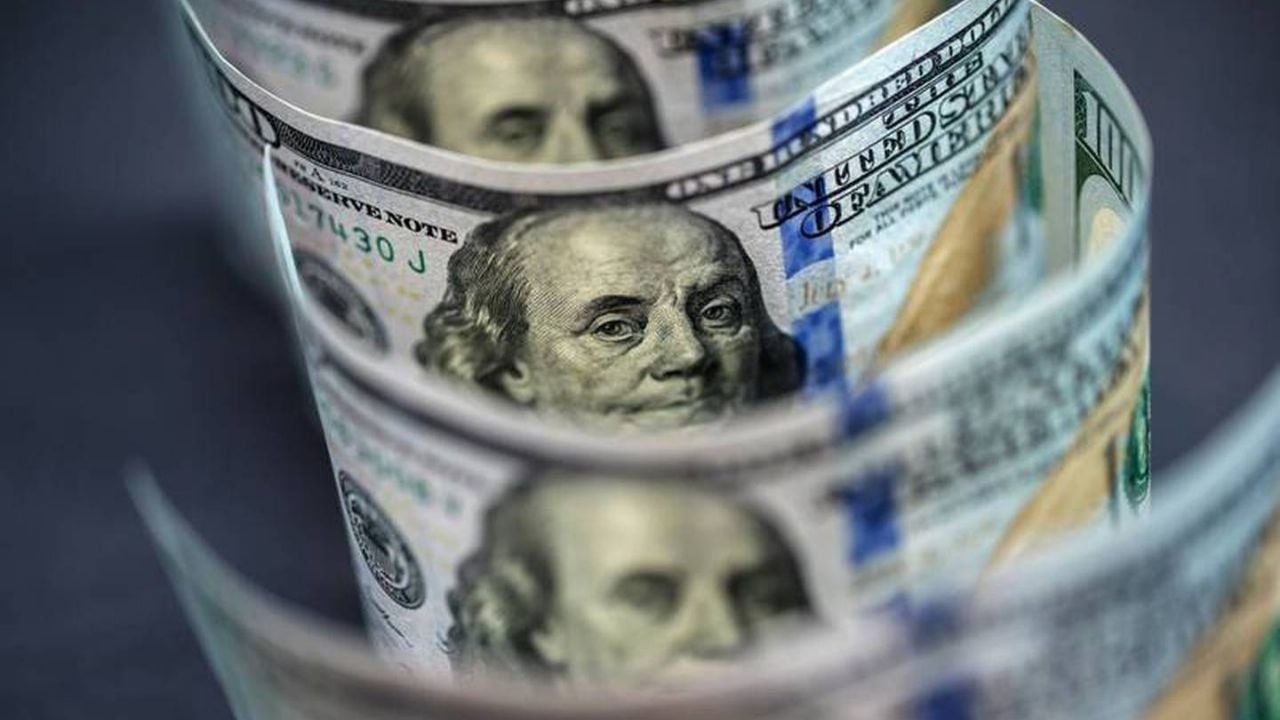The quote of dollar It is a topic of great interest and relevance, especially in an economic context as volatile as the current one. Yesterday, the official dollar and the blue dollar presented significant differences in their values, reflecting the complexity of the exchange market in the country.
He dollar official, which is the exchange rate established by the Central Bank of the Argentine Republic (BCRA), was quoted yesterday at $983 for purchase and $1023 for sale. This value is the one used for official transactions and is the exchange rate found in banks and authorized exchange houses.
The stability of the official dollar is crucial for the economy, as it influences inflation, the cost of living and imports. On the other hand, the dollar blue, which is sold in the informal market, was listed at $1,135 for sale. This parallel exchange rate is usually higher than the official one due to the demand for dollars outside the formal banking system.
The gap between dollar official and the blue dollar is an indicator of confidence in the economy and the expectations of economic agents. Currently, the difference between both exchange rates is significant, reflecting uncertainty and lack of confidence in economic stability.

Fountain: Dollar Today
In addition to the official dollar and the blue dollar, there are other exchange rates that are relevant for different operations. The MEP dollar (Electronic Payment Market) and the CCL dollar (Cash with Settlement) are used to purchase dollars through the stock market. The MEP dollar is trading at $1,074.86, while the CCL dollar is at $1,110.93.
These exchange rates are mainly used by investors seeking to dollarize their investment portfolios. The solidarity dollar, which includes the PAIS tax and Earnings withholding, is quoted at $1,636.80. This Friday, the dollar blue is trading at $1110 to buy and $1130 to sell. Meanwhile, the blue dollar is trading at $984.50 for purchase and $1024.50 for sale.

Change
This exchange rate is used for the purchase of goods and services abroad, as well as for saving in dollars. The high price of the solidarity dollar reflects the tax burden applied to transactions in foreign currency.
The difference between the dollar official and the blue dollar has a significant impact on the Argentine economy. A wide gap between both exchange rates can generate price distortions and affect the competitiveness of exports.
follow us on Google News and on our channel instagramto continue enjoying the latest news and our best content.


















